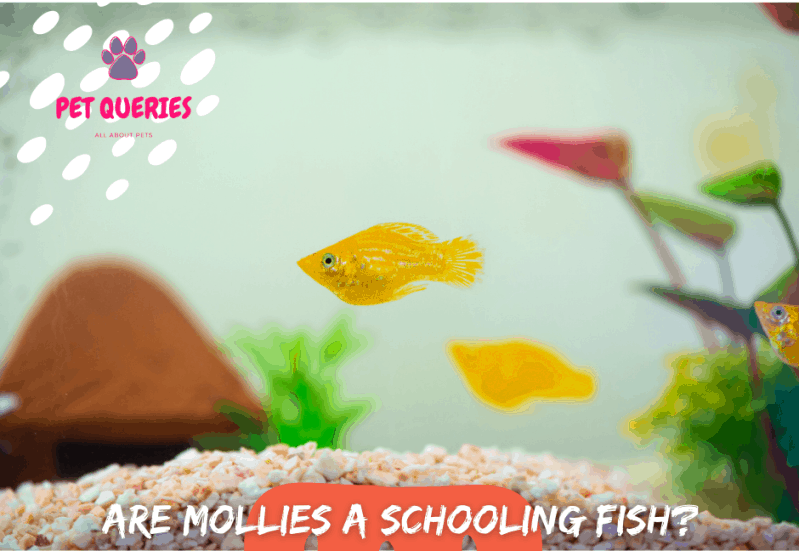
There are certain things to be known before concluding whether mollies are schooling fish or not. Firstly, let’s have a clear idea about shoaling and schooling,
Group of fishes that tend to live together at a size of six or more can be termed as shoaling whereas, collective group fishes moving in a synchronized pattern at the same pace and line are termed as a school.
So, relating to the mollies, we can say they are much likely to be called as shoaling fishes. They are, in fact, so active and can school, but they do it very less often though mollies are social fishes. Multiple factors rely on this behavior why are they into shoaling but not schooling.
A Group of mollies are a very harmonious bunch of fishes who love to live with the company.
Mollies can show up their aggression when encircled with a large number of fishes and aggressive mates. This nature pushes back them in being as a schooling fish, but large tanks can make mollies school and swim with fellow mates at the same speed and time. Mollies love to be a part of a group but can live alone as well.
Mollies are not only the most exotic kind of livebearer fish but also the most delicate and difficult livebearers.
Similar to the other kind of fishes, mollies don’t lay eggs; they just give birth to young ones directly. They grow depressed if they are alone for a long time, so they should be raised in between a certain group of mollies or other kinds of livebearers.
They absolutely can grow alone but undergoes stress the same way. Mollies are no doubt, an exceptionally very good tank mate for all other kinds of fishes and can be included as one of the best shoaling fish.
Still, their aggressive attitude when they are around food and defensive behavior towards their home is also one reason why they cannot sustain and drag back them from the schooling fish list.
We know mollies, especially sailfin mollies, are most admired fishes and socially active fishes, but they are even kept in school when they are placed in large sized tanks with livebearer fishes.
Yes, if they are provided with large spaces, a good environment, and clean water, they are less exposed to stress and can adopt a schooling nature that can move or swim at the same pace and time.
The PH level should be 7.5 to 8.5, 15-30 hardness level, and 78F of temperature, so maintaining these factors definitely affects the fish habitat and makes them stress-free, allowing them to school.
Usually, when Mollies are exposed to environmental stress, they tend to release an ailment called shimmies. Which means it loses its control over nerves and muscles apparently behaves abnormally.
The overcrowding, always surrounding by fishes, acidic water conditions can cause stress that’s the reason schooling is not possible for long-time in mollies.
